
BY PATRICIA NEWMAN
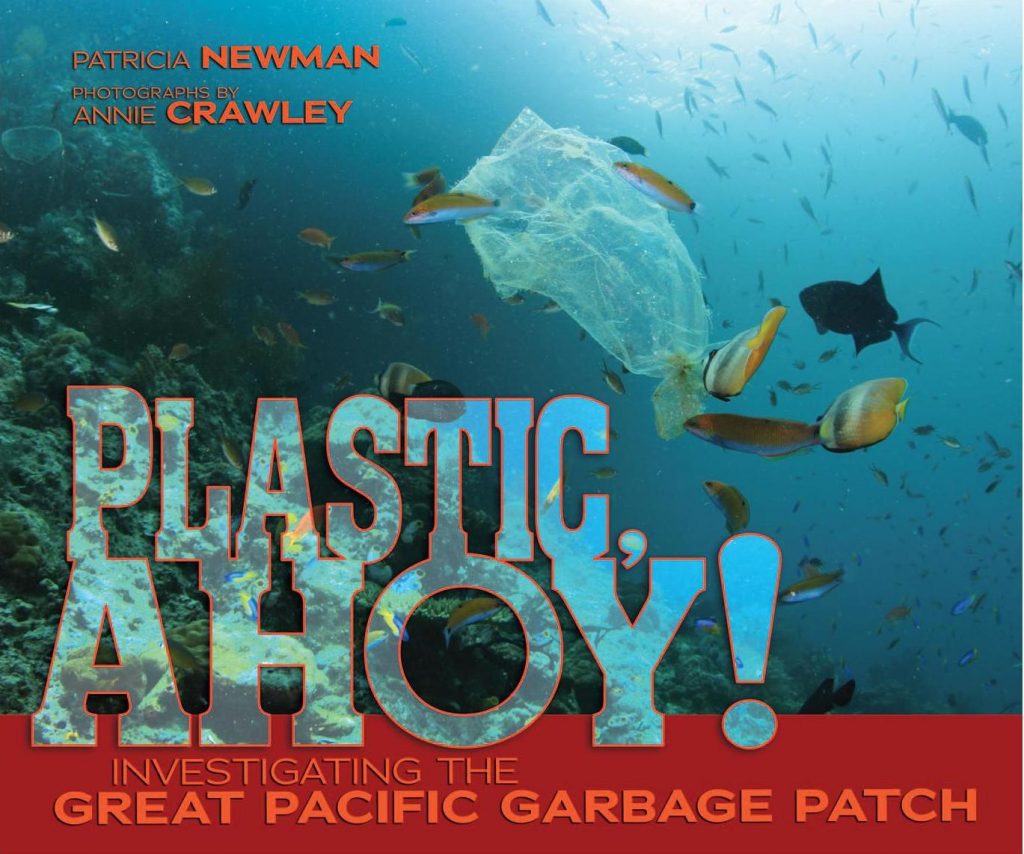
It’s summer! Time to play on the beach or stroll by the river. Maybe you’ll pick up a few shells or a smooth river rock. More likely, your idyllic shoreline crawl will be littered with plastic. I suggest you use the opportunity to create family awareness about plastic pollution, and possibly foster new eco-friendly habits. Ever since I wrote Plastic, Ahoy! Investigating the Great Pacific Garbage Patch, I am much more aware of what I throw away and try to make eco-friendly choices when I shop.
Looking at the shore with eco-friendly eyes
On your next shoreline walk, forego the shells and rocks and collect garbage. You will need the following items:
- A pair of gloves
- A box or bin to store your trash (please do not use a plastic yard bag! Better yet, repurpose a discarded trash bag you find on your walk.)
As you stroll the beach or the banks of a river, enjoy the scenery, but also stop to pick up any man-made trash you see.
When you return home, spread out a drop cloth, an old sheet, or some newspaper. We’re going to see how plastic and other garbage changes in the sunshine, wind, and waves.
Label one side of your work area MOST DEGRADED and label the other side LEAST DEGRADED. Sort each piece in your garbage box along this continuum. What happens to the plastic as it gets older and more worn? Do you think it will ever disappear? What might happen to it in the river or the ocean?
Where did all this trash come from? Sadly, every piece of trash you gathered comes from people. Sometimes the trash blows out of trash trucks, but more often than not is tossed on the ground. Wind and rain funnels the plastic down storm drains that lead to our rivers and eventually our ocean.
How eco-friendly is your family?
Now that you’ve seen what kinds of trash accumulates by our rivers and ocean, take a look at what you generate as a family. You want to count and categorize everything your family throws away for at least one week. Feel free to follow the directions in the teacher guide for Plastic, Ahoy! or make up your own rules.
Discuss this question with your family: How many of the items do we use once and then throw away? We call that single-use plastic.
Also, recycling is good, but not the answer to our problems. Less and less of our trash is recyclable because foreign countries have stopped accepting US trash. That means more of what we hoped to recycle is going to the landfill.

Creating NEW eco-friendly habits
Look through the data you collected about your own trash habits. What can you eliminate? Can you substitute one single-use plastic product for something without plastic?
I’ve made a chart below for some of the substitutions I’ve made in my life–including links to the specific products I like. Try making a similar chart for your family.
Use This
Bamboo toothbrush
Bite toothpaste bits
Bamboo utensils
Paper sandwich bags or Etee wraps and bags
Condiments & BBQ sauce in glass jars
Compostable bags
Not That
Plastic toothbrush
Tube of toothpaste
Plastic utensils
plastic sandwich bags or food storage bags
Condiments & BBQ sauce in plastic jars
Plastic bags for trash and recycling
Re-do waste audit to see your results
After making some of the substitutions on your chart, redo your waste audit. Congratulatios! I’ll bet you’re throwing away less and choosing products more wisely.
Interested in other plastic-free ideas?
- Read Plastic, Ahoy!
- Check out this 30-Day Plastic Challenge that I made with photographer Annie Crawley. You can download it from my website
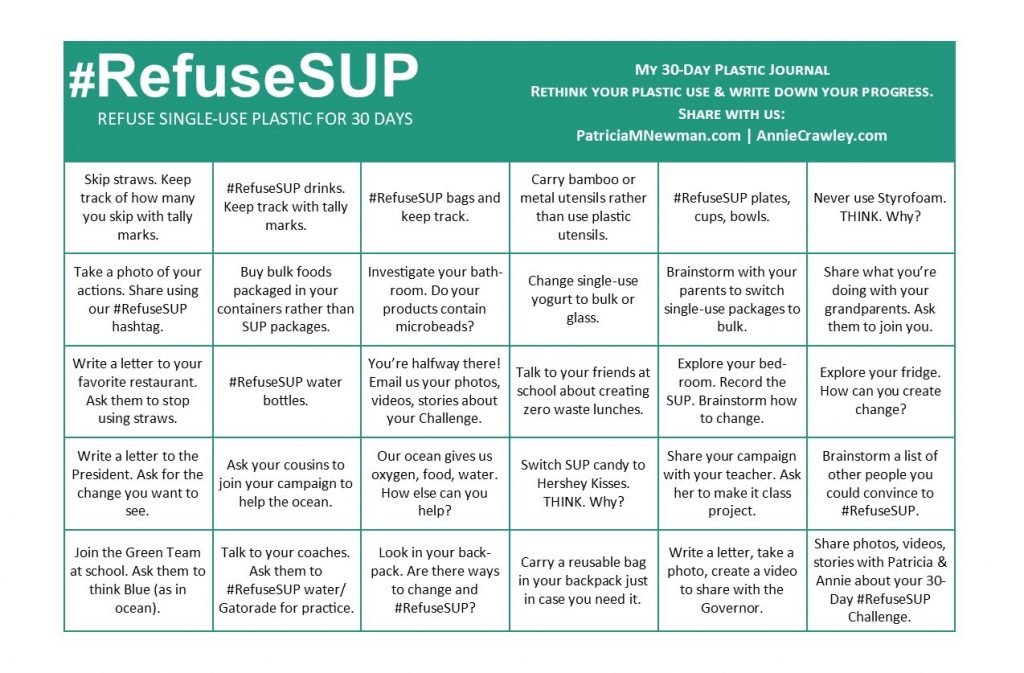
Featured image credit: Annie Crawley


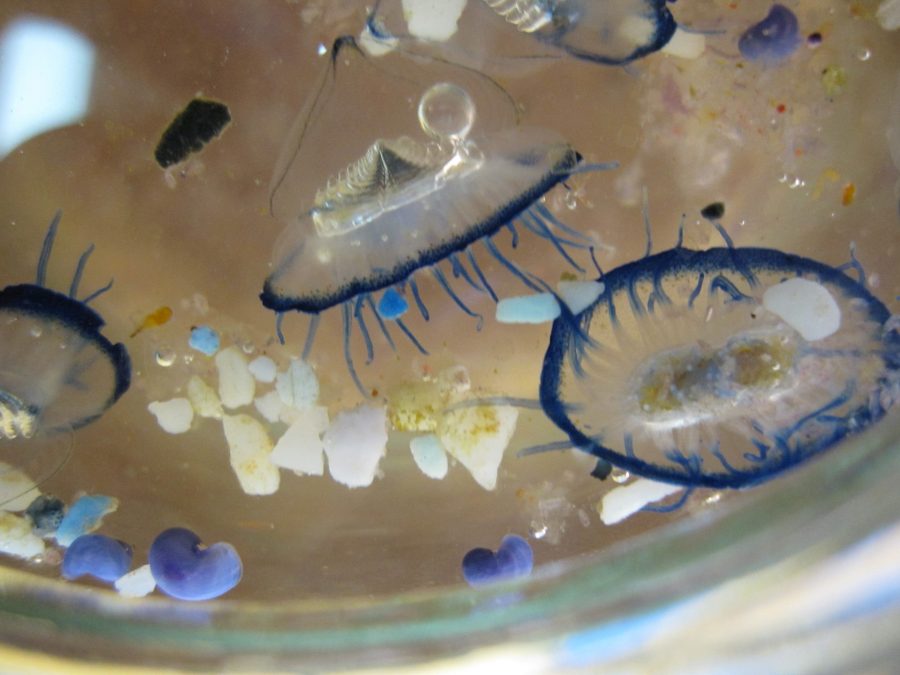
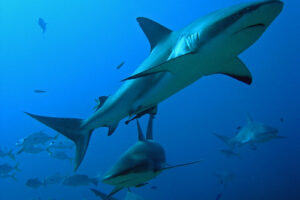
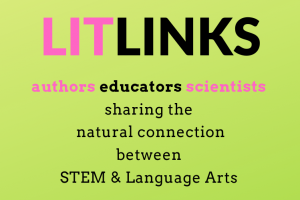



Leave a Reply
Your email is safe with me.